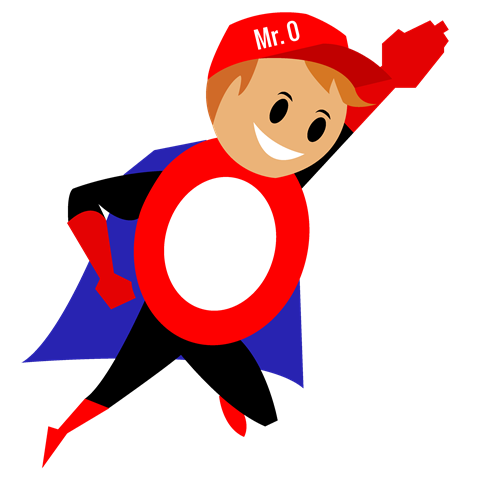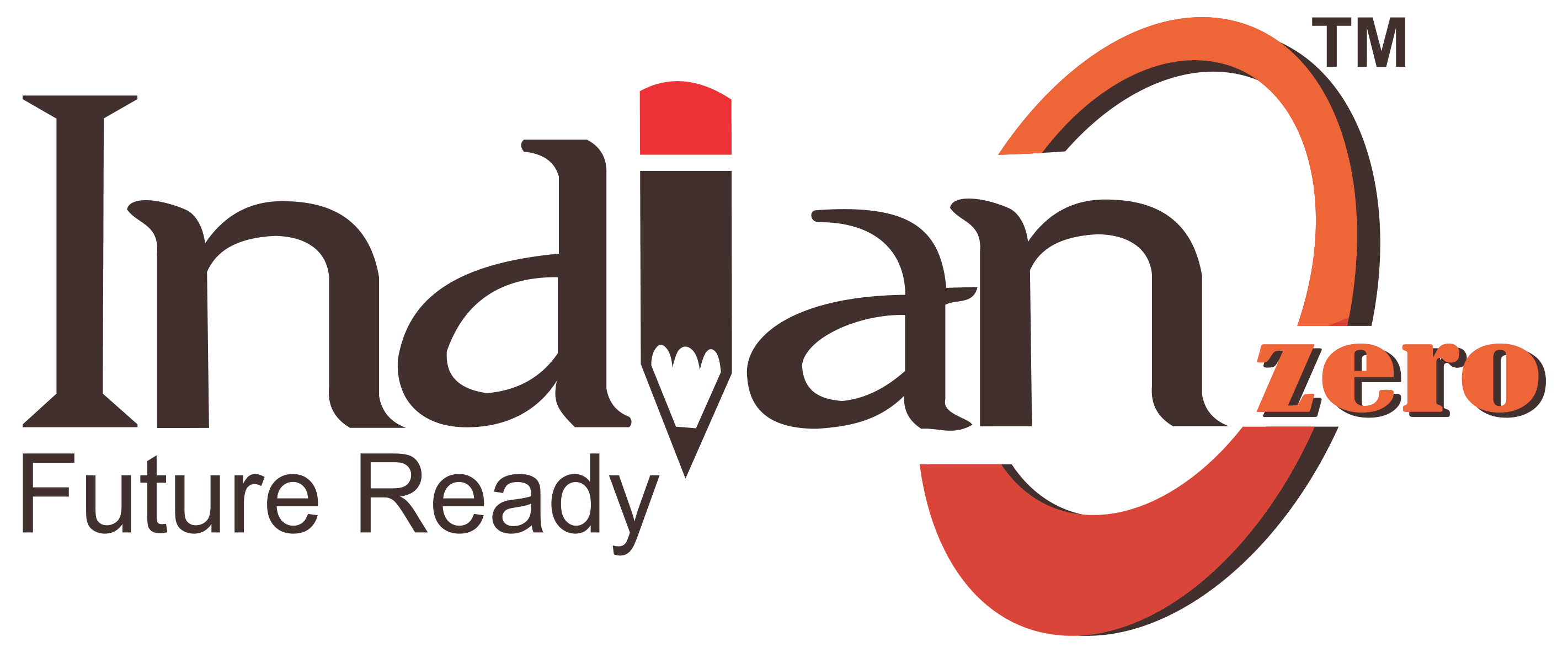
Introduction to Digital Marketing
Ever searched “how to get rid of acne overnight” and then bam! Your Insta is suddenly full of pimple creams, beauty kits and “natural glow” serums? You think it's fate? Or is your phone reading your mind? As Mr. Zero says, “jo tera hai, wo mera hai” and that perfectly sums up the internet. Literally, whatever you own, the internet knows and tracks. There’s nothing you can hide while using the internet itself and that’s the magic of digital marketing.
Digital marketing? Well, it’s the way a brand sells, connects and vibes with you through the internet. Websites, Google, Instagram, YouTube, emails, it’s all part of the digital marketing “KHICHDI” and whether you call it digital or online marketing, it’s what runs today’s business world.
What is Digital Marketing?
The world has gone digital, and if businesses aren’t showing up where people spend their time, they’re invisible. What makes digital marketing or online marketing powerful is its ability to reach the right audience at the right time with the right message.
It allows businesses to speak directly to their potential customers. Instead of putting an ad on TV and hoping someone sees it, brands can now target a 22-year-old sneakerhead in Mumbai who recently searched for "affordable Jordans.” Campaigns can go live in minutes, and performance can be tracked in real-time. No guesswork, no waiting for weeks to see results.
Plus, people can actually interact with the brand and leave comments, share content or message directly. That level of engagement just wasn’t possible in the old-school model. On top of that, digital marketing offers a clear ROI (Return on Investment), so businesses know exactly what’s working and what’s not.
Why is Digital Marketing Important?
The world has gone digital and if businesses aren’t showing up where people spend their time, they’re invisible. What makes digital marketing so powerful is its ability to reach the right audience at the right time with the right message.
It allows businesses to speak directly to their potential customers. Instead of putting an ad on TV and hoping someone sees it, brands can now target a 22-year-old sneakerhead in Mumbai who recently searched for "affordable Jordans.” Campaigns can go live in minutes, and performance can be tracked in real-time. No guesswork, no waiting for weeks to see results. Plus, people can actually interact with the brand, leave comments, share content or message directly. That level of engagement just wasn’t possible in the old-school model.
The Evolution of Marketing
Rewind a few decades, and marketing was all about billboards, pamphlets, radio jingles, and TV ads. It was flashy, expensive, and very one-sided. You couldn’t really measure how many people bought something because of that radio ad.
Now, we live in a world of algorithms, push notifications and influencers. A single trending reel can get more reach than a full-page ad in a newspaper. Marketing today is personal, fast, interactive, and trackable. The shift from traditional to digital has made it possible for even a one-person business to reach millions, with just a smartphone and a smart strategy.
Traditional Marketing vs. Digital Marketing
Traditional marketing still exists, think newspapers, billboards or TV commercials but it doesn’t offer the kind of control and precision that digital does. Digital marketing allows businesses to filter their audience based on age, location, interests or even online behavior. A brand can track exactly how many people clicked, how long they stayed and whether they ended up buying or not.
Plus, digital is a two-way street. Audiences can react, respond, and share. Traditional marketing talks to you. Digital marketing talks with you. And in a world that’s constantly scrolling, tapping and swiping, that conversation matters.
The Key Channels of Digital Marketing
The world of digital marketing has many moving parts, and understanding the main channels is where the magic begins.
First up is SEO, which is Search Engine Optimization. This is how websites make sure they show up when you search something on Google. If a blog or product page ranks high, it’s likely thanks to solid SEO work behind the scenes.
Next is social media marketing. Brands use platforms like Instagram, Facebook, LinkedIn, and even TikTok to build a connection with their audience. It’s where personality meets promotion, through reels, memes, polls, stories and influencer collaborations.
PPC or Pay-Per-Click advertising, is another major player. These are the ads you see on Google or social media that brands only pay for when you actually click on them. It’s fast, measurable and great for driving targeted traffic.
Email marketing is the silent killer in the best way. It may not be flashy, but it’s personal, direct, and still one of the highest-converting channels. Whether it’s a discount offer, an abandoned cart nudge or a newsletter, emails know how to get results.
Finally, there’s content marketing, the true MVP. Blogs, videos, how-to guides, eBooks, all aimed at educating, entertaining, or solving a problem. It’s not about selling right away, but about building trust, and letting the audience come to you.
Final Thoughts: You’re Already Part of It
You may not have realized it, but you’ve already been part of countless online marketing strategies, from that time you clicked on a travel ad to when you binge-watched a product review series on YouTube. It’s not magic. It’s not a coincidence. It's a strategy. It’s data. It’s digital marketing.
And the best part? You can learn to do it too. Whether you're growing a brand, launching a career, or just curious about how the internet sells to you, welcome to the other side of the screen.



